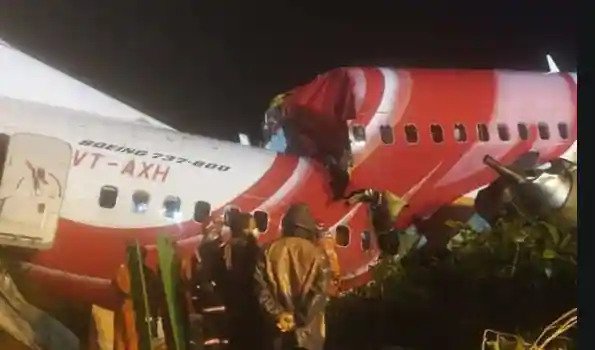
DGCA recommends child restraint system in airlines for better safety

The Directorate General of Civil Aviation (DGCA) has asked all airline companies to implement a child restraint system (CRS) for the safety of infants onboard.
The recommendation was made by a DGCA sub-committee constituted following the Air India Express accident in Kozhikode in August 2020 which claimed 20 lives. The regulator told the airlines to promote the use of CRS by passengers, “wherever feasible, traveling by air with infants or children”.
DGCA suggested that restraints help significantly in protecting passengers in case of an accident. “It is not possible for a parent to physically restrain an infant or child, especially during a sudden acceleration or deceleration, unanticipated or severe turbulence, or impact. The safest way to secure an infant or child on board an aircraft is a CRS, in a dedicated seat, appropriate for that infant or child,” DGCA said, listing out the recommendations under the air safety management protocol.
The child restraint system (CRS) is a device, fitted apart from a seat belt, to protect and restrain an infant or child during all phases of flight. A combination of harness and belt provides maximum protection in case of a sudden impact. They work in tandem with systems that secure the device to the aircraft seat.
Also read: Bangladesh considers contract farming in Africa, opens new chapter in labour migration
In addition, DGCA suggested the airlines develop the requisite processes and policies, backed by effective training modules for enabling the use of CRS on board their aircraft. “The airlines may also make available on their websites the width of the narrowest and widest passenger seats in each class of service for each make, model, and series of airplane used in passenger-carrying operations and prohibit the use of certain types of CRS during ground movement, take-off, and landing etc,” the DGCA circular said.

